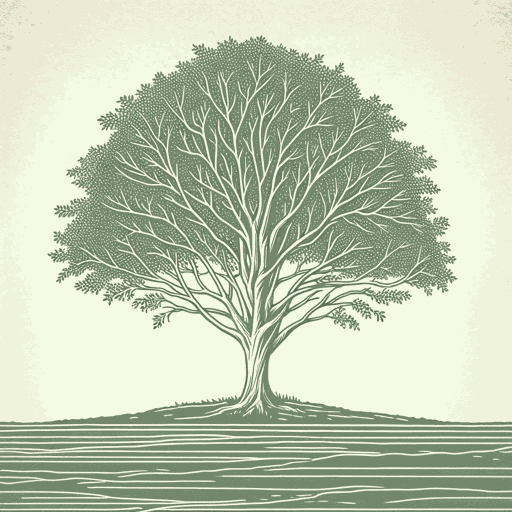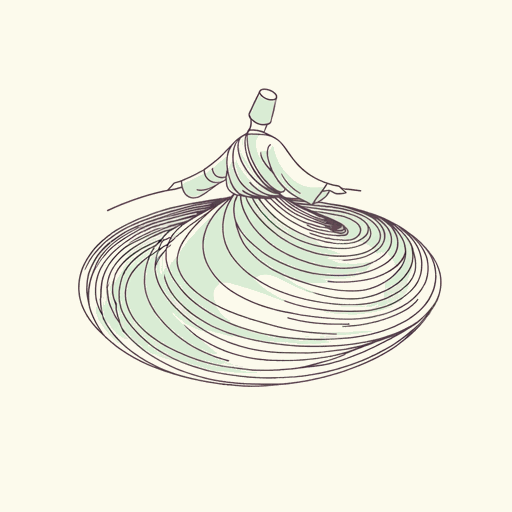66 pages • 2 hours read
Elif ShafakThe Island of Missing Trees
Fiction | Novel | Adult | Published in 2021A modern alternative to SparkNotes and CliffsNotes, SuperSummary offers high-quality Study Guides with detailed chapter summaries and analysis of major themes, characters, and more.
Important Quotes
“So many times in the past she had suspected that she carried within a sadness that was not quite her own. […] (Was) it also possible to inherit something as intangible and immeasurable as sorrow?”
(Part 1, Chapter 1, Page 18)
Ada describes how she often feels a sadness that she cannot account for with the events in just her lifetime and wonders about whether she may have inherited it from her parents. This reflection is a reference to the bouts of melancholy that her mother Defne often experienced and also highlights the theme of The Impact of History and Culture on Identity.
“I wish I could have told him that loneliness is a human invention. Trees are never lonely. Humans think they know with certainty where their being ends and someone else’s starts […] trees harbour no such illusions. For us, everything is interconnected.”
(Part 1, Chapter 4, Page 30)
The fig tree looks to reassure Kostas that she will not be lonely when buried underground during the winter, for trees do not feel loneliness. The tree’s explanation is rooted in how trees in general are aware of and experience a sense of connection with other beings in their ecosystem, even those not of the same species. This is in contrast to the anthropocentric lens that dominates the human experience and also points to the book’s theme of Nature and the Interconnectedness of Life.
“Human-time is linear, a neat continuum from a past that is supposed to be over and done with towards a future deemed to be untouched, untarnished. […] Arboreal-time is equivalent to story-time […] (it) does not grow in perfectly straight lines, flawless curves or exact right angles, but bends and twists and bifurcates into fantastical shapes…”
(Part 1, Chapter 6, Page 47)
The fig tree describes how trees experience time differently than humans, specifically in a non-linear, cyclical, and perennial manner, which she equates to how stories develop. This is paralleled in the
Related Titles
By Elif Shafak
Featured Collections
Addiction
View Collection
European History
View Collection
Family
View Collection
Grief
View Collection
Immigrants & Refugees
View Collection
LGBTQ Literature
View Collection
Magical Realism
View Collection
Memorial Day Reads
View Collection
Memory
View Collection
Military Reads
View Collection
Nation & Nationalism
View Collection
Politics & Government
View Collection
Popular Book Club Picks
View Collection
Reese Witherspoon's Hello Sunshine...
View Collection
Religion & Spirituality
View Collection
Romance
View Collection
Safety & Danger
View Collection
Science & Nature
View Collection
Sexual Harassment & Violence
View Collection
The Past
View Collection
Valentine's Day Reads: The Theme of Love
View Collection






